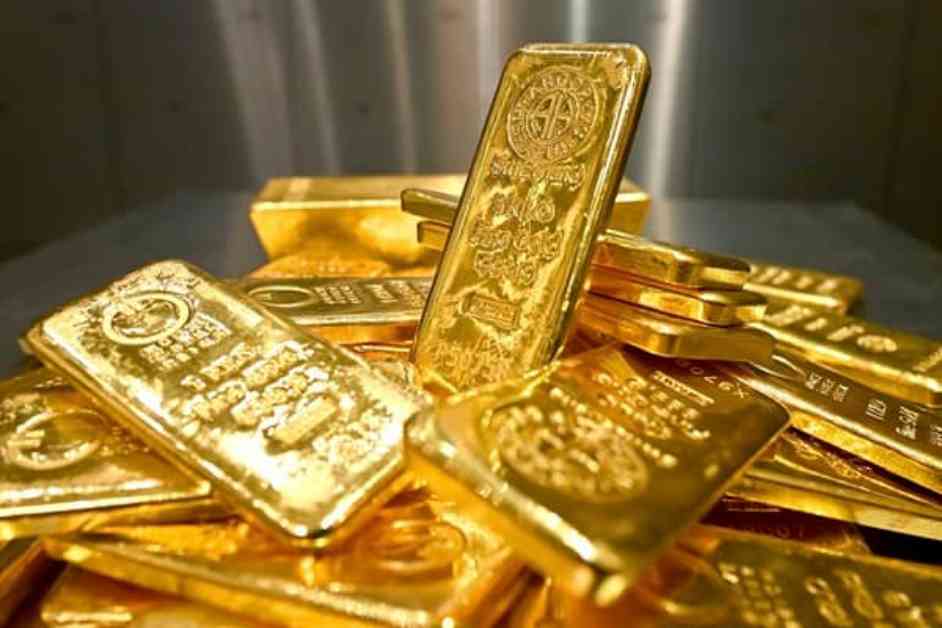Gold Prices at a Crossroads: Navigating Economic Uncertainty
Gold prices are currently navigating a complex landscape, with mixed market signals dictating its path. As of today, Tuesday, the precious metal is trading within a narrow range, inching closer to its record high of $2,840. However, the looming shadow of rising U.S. bond yields and a stronger dollar is casting doubt on its ability to sustain further gains. The backdrop of economic uncertainty, fueled by U.S. President Donald Trump’s tariff policies, is adding layers of complexity to the situation.
In the midst of this intricate dance, investors are left wondering: will gold break through to new record highs, or will economic pressures force it to retreat? The recent decision by President Trump to suspend tariffs on Mexico and Canada, following agreements on border security, has injected a dose of optimism into traditional financial markets. This newfound confidence has led to a slight uptick in risk appetite among investors, shifting their focus towards riskier assets and away from safe havens like gold.
On the other hand, the Federal Reserve’s more hawkish stance has resulted in higher U.S. bond yields, bolstering the dollar and exerting downward pressure on gold prices. Despite these headwinds, gold finds support in mounting inflation concerns tied to Trump’s protectionist trade policies. The expectation of increased import prices, stemming from new tariffs, could fuel inflation in the U.S., prompting investors to seek refuge in gold as a hedge against the eroding purchasing power of the dollar.
Recent economic data paints a nuanced picture of the U.S. economy’s trajectory, with indicators like the ISM Manufacturing Purchasing Managers Index (PMI) exceeding expectations. The uptick in the inflation index raises alarms about potential price pressures down the line. This data suggests a scenario where the Federal Reserve may maintain or even raise interest rates in the near future, potentially dampening gold’s allure as a non-yielding asset.
Looking ahead, the gold market remains delicately balanced on a tightrope of economic and political factors. While the temporary suspension of tariffs on Mexico and Canada has dimmed enthusiasm for gold, the persistent threat of U.S. trade tensions and looming inflation risks could reignite demand for the precious metal as a safe haven. Conversely, a strengthening dollar and escalating bond yields pose formidable barriers to gold’s ascent towards new highs.
In the short term, volatility is expected to be a constant companion for gold prices, with investors closely monitoring key economic indicators such as job data, the JOLTS report, and factory orders. Any signs of economic slowdown or inflationary pressures could propel gold towards fresh gains, while robust growth data may temper its ascent. Despite the hurdles in its path, the overall trajectory for gold remains upward, with corrective pullbacks presenting buying opportunities for savvy investors.
As the markets teeter on the edge of uncertainty, gold is poised to retain its status as a focal point for investors seeking stability amidst economic turbulence. Whether viewed as a hedge against risk or an investment opportunity in a volatile landscape, gold’s enduring appeal is set to endure in the face of shifting market dynamics.












